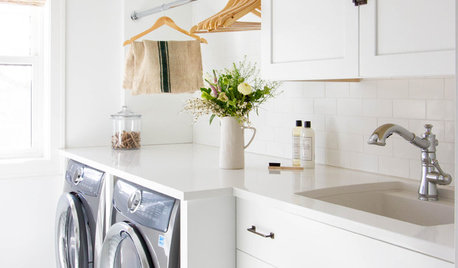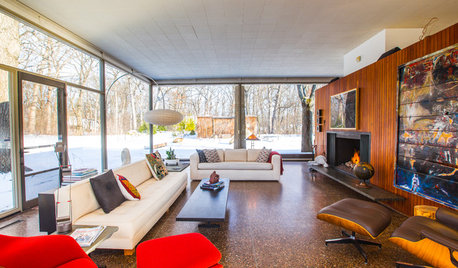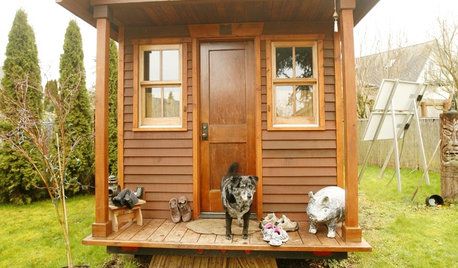New to Olympia area
caitrose
12 years ago
Related Stories

FALL GARDENINGHouzz Call: Show Us Your Fall Color!
Post pictures of your fall landscape — plants, leaves, wildlife — in the Comments section. Your photo could appear in an upcoming article
Full Story
MOST POPULARHow to Remodel the Laundry Room
Use this step-by-step guide to figure out what you want and how to make it happen
Full Story
GARDENING GUIDESHow to Find the Right Native Plants for Your Yard
Find plant maps, sale sites and guides that make going native in the garden easier than ever
Full Story
COLORKitchen Color: 15 Fabulous Green Backsplashes
Get the feel of spring all year round with a tiled, painted or glass backsplash in colors from pale celery to deep olive
Full Story
LANDSCAPE DESIGNNatural Swimming Pools: More Beauty, No Chemicals
Keep your skin and the environment healthy with a pool that cleans itself, naturally
Full Story
DECORATING GUIDES10 Ways to Hide That Air Conditioner
Feeling boxed in designing around your mini-split air conditioner? Try one of these clever disguises and distractions
Full Story
HOUZZ TV FAVORITESHouzz TV: See What It’s Like to Live in a Glass House
Tour a couple’s midcentury modern Illinois home, where floor-to-ceiling views of nature are all around
Full Story
LIVING ROOMSHow to Convert Your Wood-Burning Fireplace
Learn about inserts and other options for switching your fireplace from wood to gas or electric
Full Story
SMALL SPACESLife Lessons From 10 Years of Living in 84 Square Feet
Dee Williams was looking for a richer life. She found it by moving into a very tiny house
Full Story
SMALL HOMES28 Great Homes Smaller Than 1,000 Square Feet
See how the right layout, furniture and mind-set can lead to comfortable living in any size of home
Full Story







Embothrium
caitroseOriginal Author
Related Professionals
Chattanooga Landscape Architects & Landscape Designers · Forest Acres Landscape Architects & Landscape Designers · Billerica Landscape Contractors · Goodyear Landscape Contractors · Gaithersburg Landscape Contractors · Lees Summit Landscape Contractors · Round Lake Landscape Contractors · Secaucus Landscape Contractors · West Haverstraw Landscape Contractors · Arcadia Fence Contractors · Bellmawr Fence Contractors · Prior Lake Fence Contractors · Silver Spring Fence Contractors · South San Francisco Fence Contractors · Ventura Fence ContractorscaitroseOriginal Author
buyorsell888
merrygardener
caitroseOriginal Author
larry_gene
ian_wa
reg_pnw7
caitroseOriginal Author
reg_pnw7
oliveoyl3